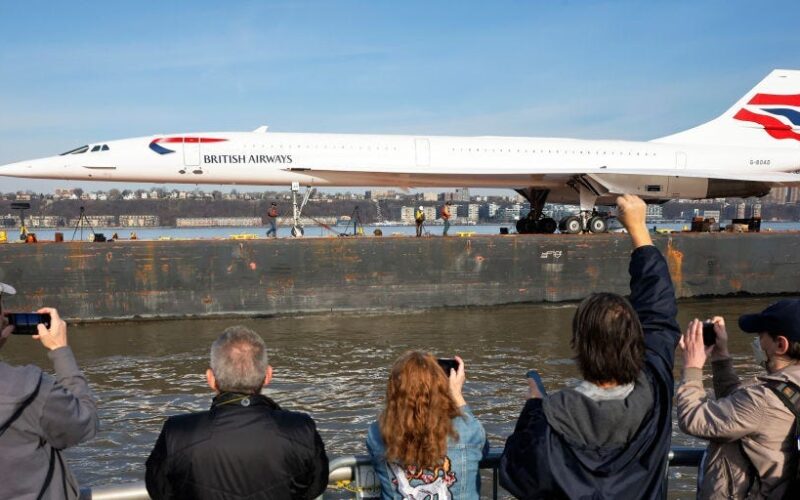- Co-developed by Britain and France, Concorde was the first and only supersonic commercial airliner.
- British Airways operated its final commercial Concorde flight in 2003, ending its 27-year career.
- The supersonic jet remains an icon of modern aviation and a technological marvel.
For a fleeting 30 years during the 20th century, supersonic commercial air travel was a reality. But on October 24, 2003, that era came to an abrupt end.
That day, British Airways operated its last commercial Concorde service from JFK International Airport to London Heathrow. Air France pulled its Concordes from service a few months earlier. Thus, it would be the Concorde’s last ever commercial flight in a career that started in January 1976.
The Anglo-French Concorde was co-developed by BAC, a forerunner of BAE Systems, and Aerospatiale, now a part of Airbus.
The supersonic jet has a storied history.
Concorde was never the commercial success for which its creators had hoped. Environmental and operational limitations of Concorde hampered its commercial appeal among airline customers. Only 20 of the planes were ever built, and just 14 of them were production aircraft. Concorde saw service with only two airlines — Air France and British Airways — on just two routes.
However, its lack of commercial success doesn’t diminish its role as an icon of modern aviation and as a technological marvel, one which plane makers and aerospace startups still talk about replicating.
Over 20 years after its last flight for British Airways, the world is still without a viable form of supersonic passenger service. Modern aviation startups have encountered similar financial and technological struggles in their efforts to produce new supersonic aircraft for commercial use.
Here’s a look back at the awesome history of the Aerospatiale-BAC Concorde supersonic airliner.
This article was originally published by Benjamin Zhang in October 2018. It was updated by David Slotnick in March 2020 and Talia Lakritz in October 2024.
Source link
lol

